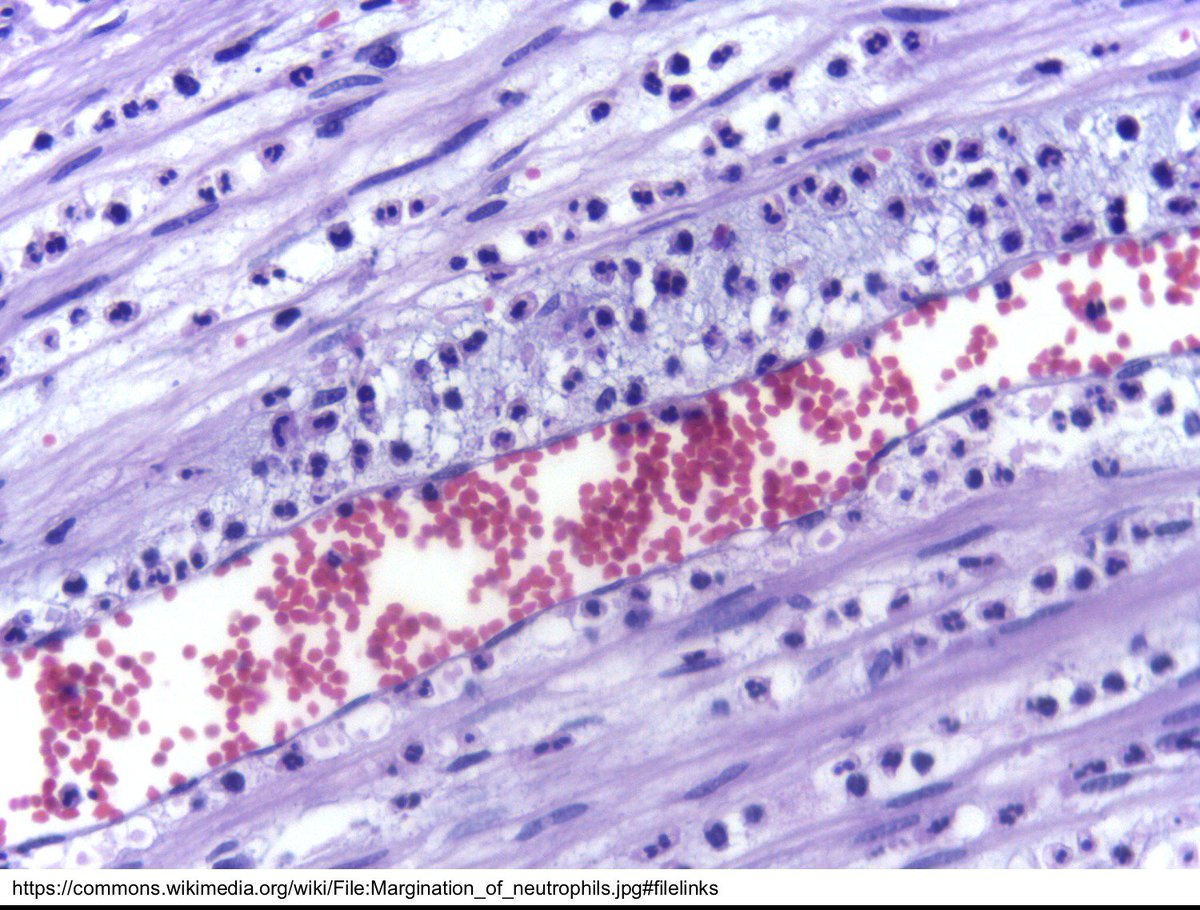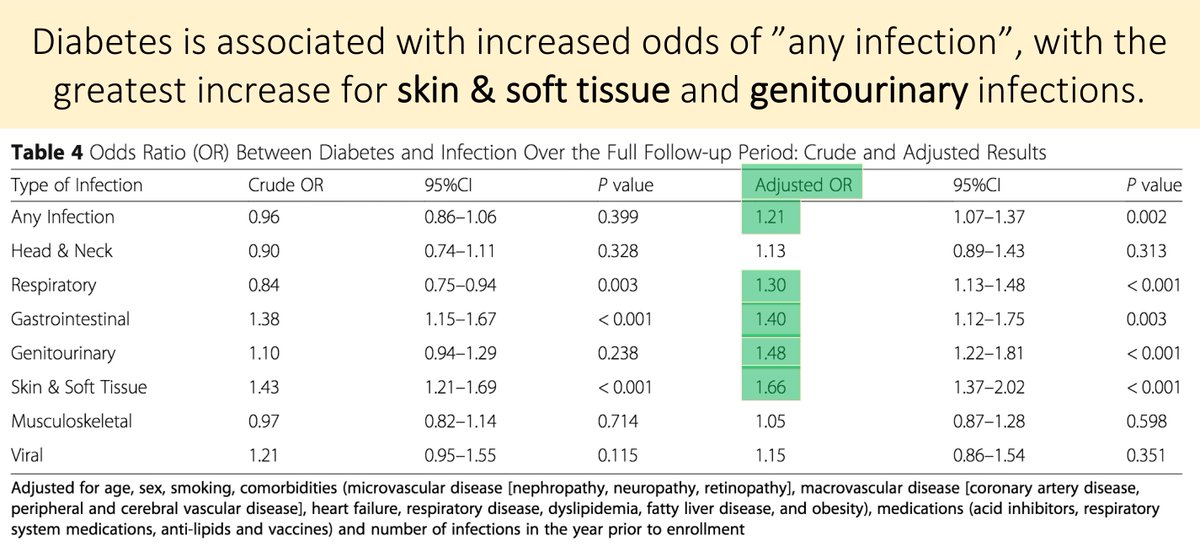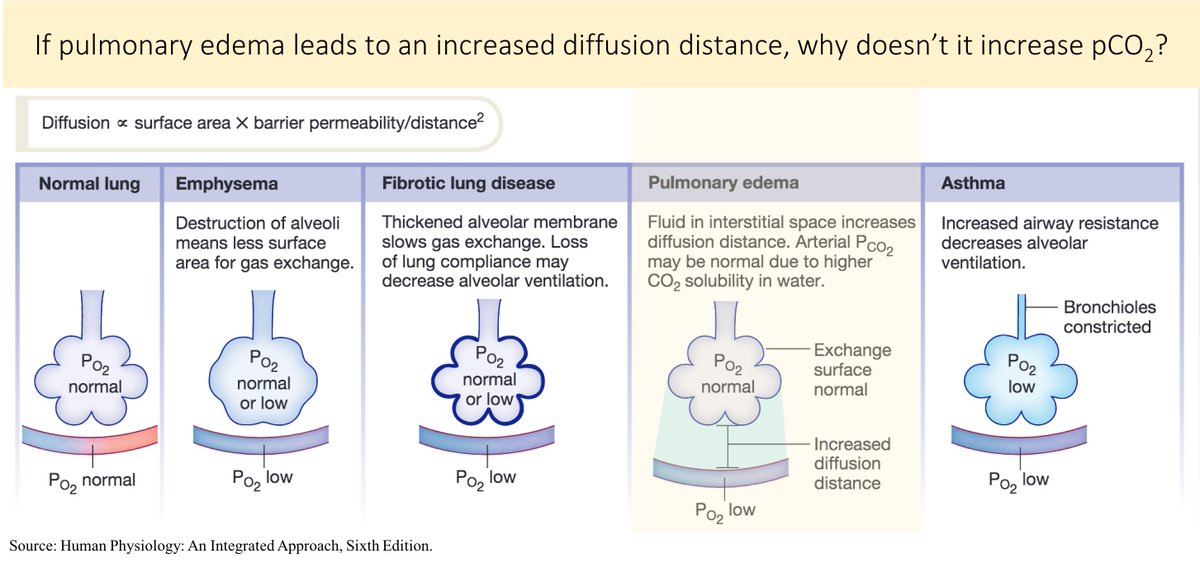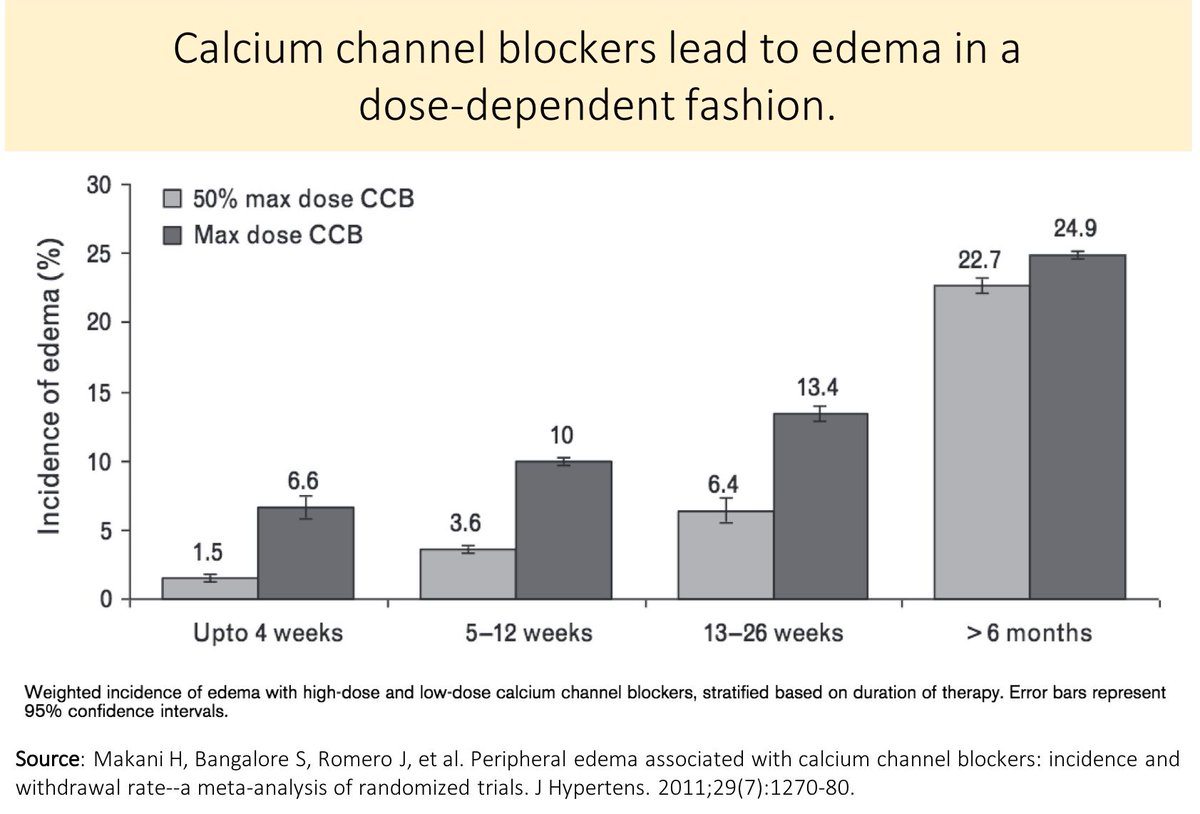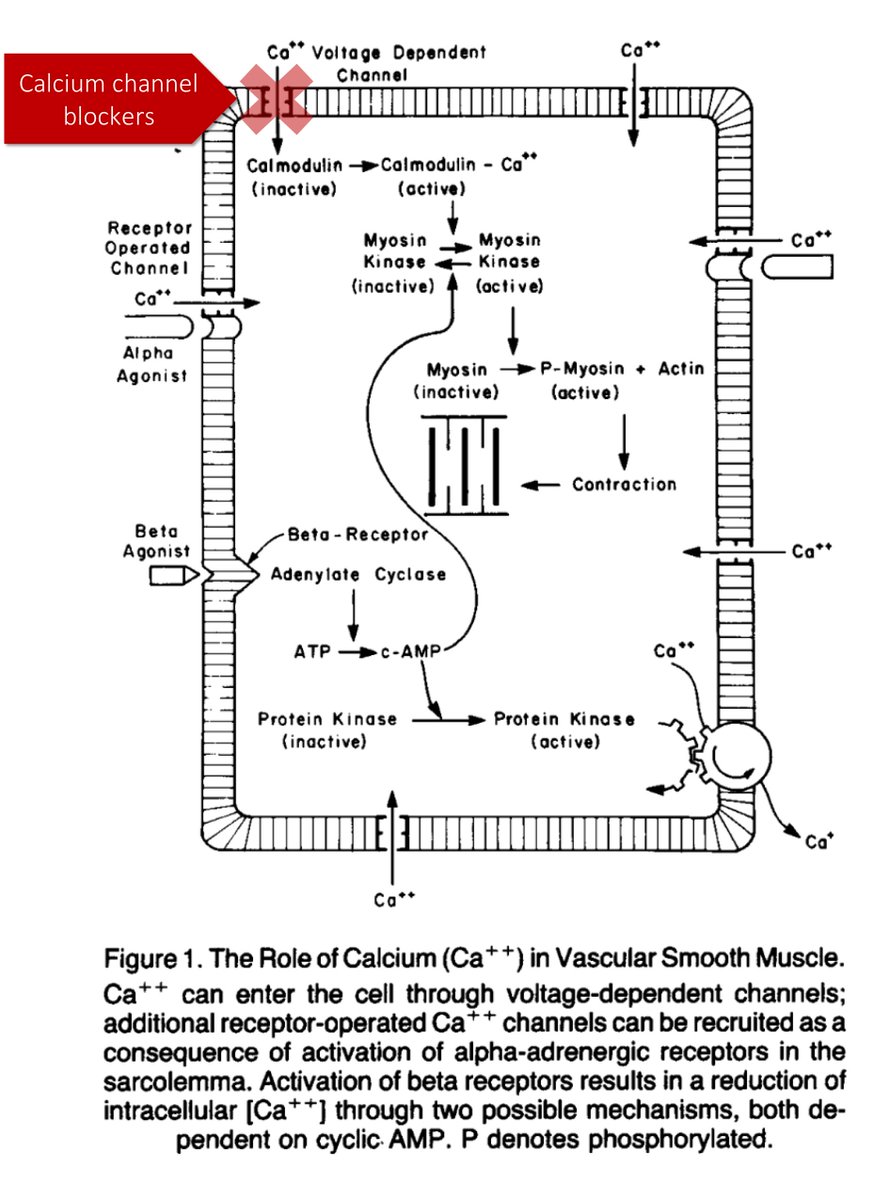We've known for decades that the leukocytosis observed after the administration of steroids results from an increase in the neutrophil count.
Which of the following is the largest contributor to this post-steroid leukocytosis/neutrophilia?
[BM = bone marrow]
The first three mechanisms all play a role.
In the 1960s, many felt that an influx from the bone marrow was most responsible. One clue supporting this mechanism: patients with abnormal marrows show decreased post-steroid leukocytosis.
ncbi.nlm.nih.gov/pubmed/5681482
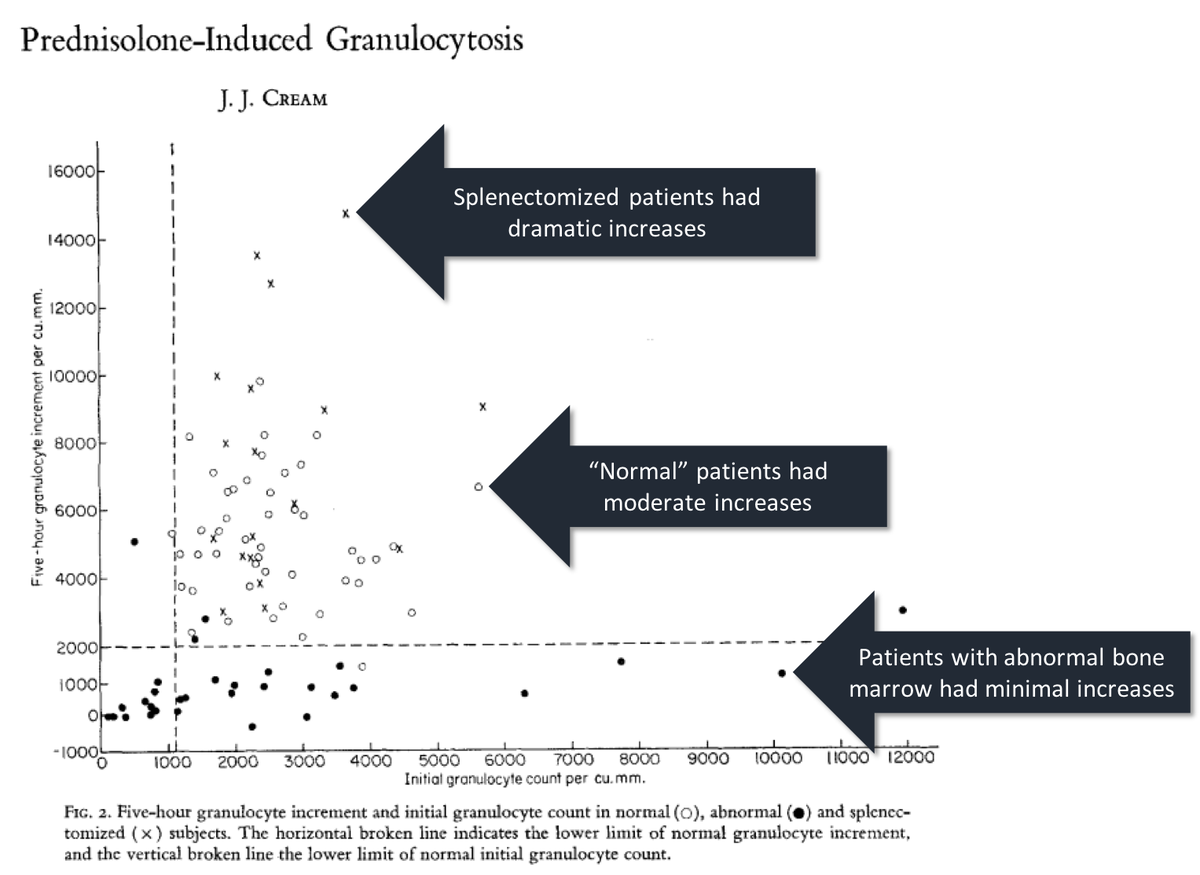
If marrow influx were the only cause, inflammation would INCREASE with steroids. (Add more neutrophils and you should increase inflammation.)
But studies clearly show that the number of neutrophils in areas of inflammation DECREASE with steroids.
ncbi.nlm.nih.gov/pubmed/14155024
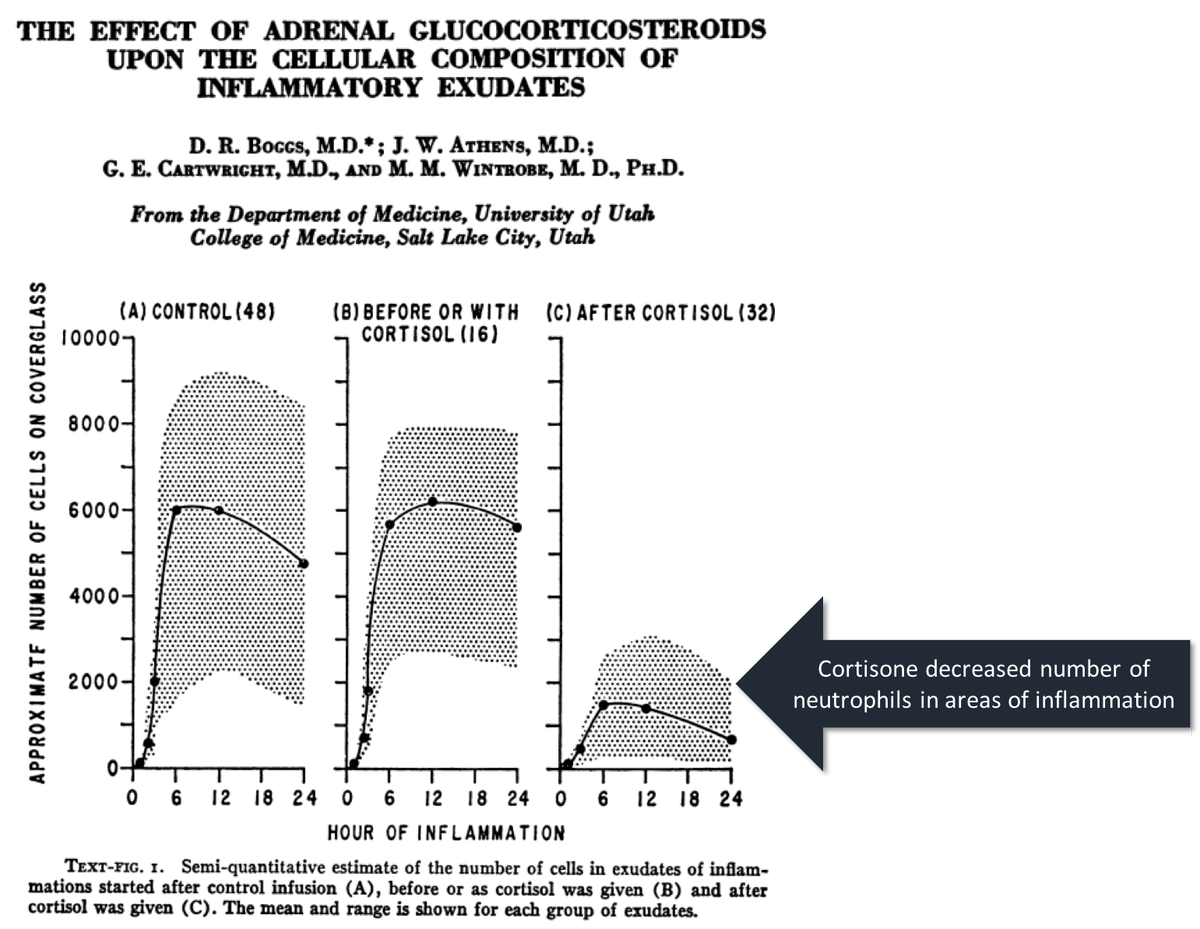
Another clue that increased bone marrow production isn't the predominant mechanism: the neutrophils seen after steroids are "old".
This conclusion is based on decreased neutrophil alkaline phosphatase (NAP) level after steroids administration.
ncbi.nlm.nih.gov/pubmed/871436
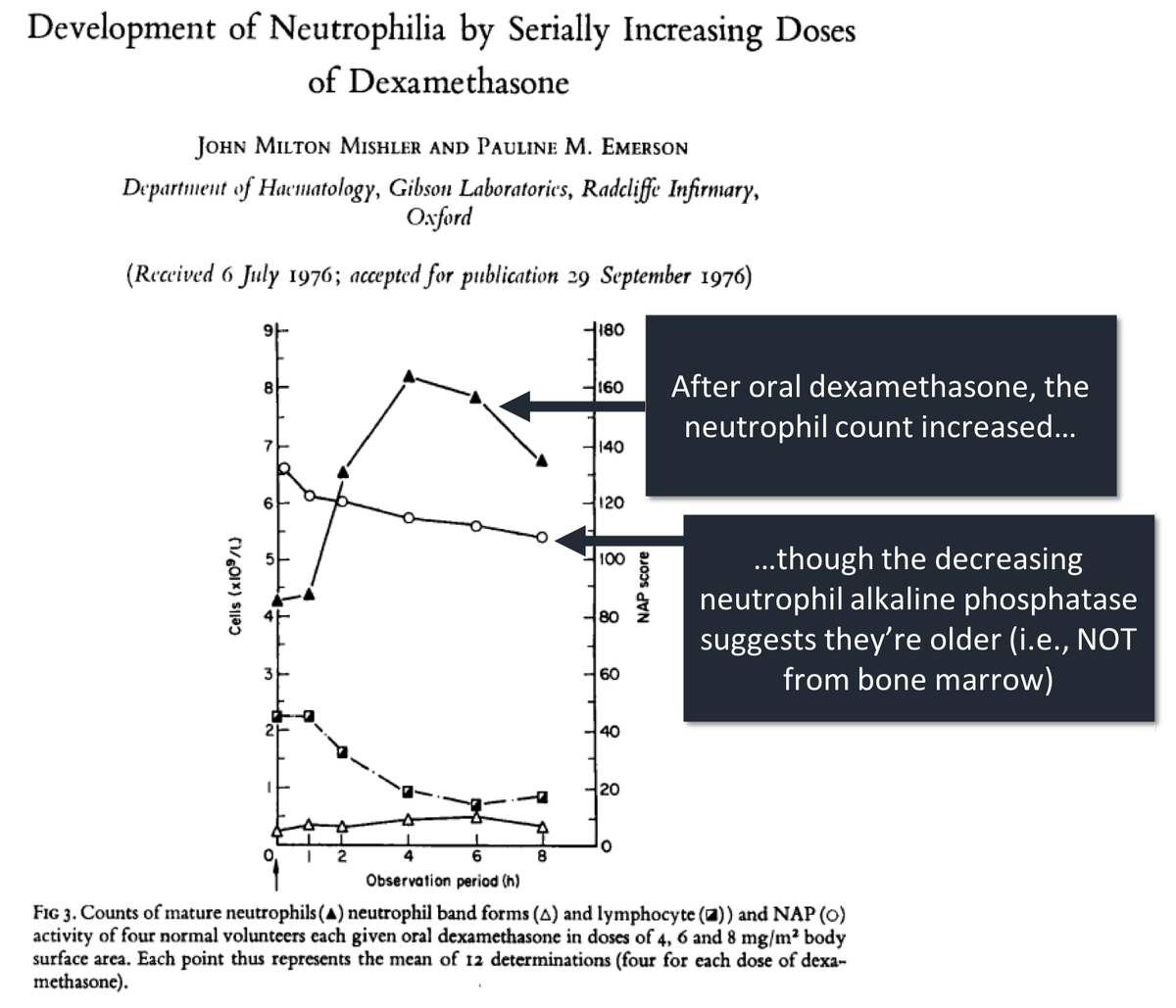
More recent data suggests the following contributions to post-steroid leukocytosis:
*mobilization from marginated pool - 61%
*delayed apoptosis - 29%
*increased bone marrow production - 10%
ncbi.nlm.nih.gov/pubmed/9826319
More than half of the leukocytosis results from "demargination". To understand this mechanism, recall that there are two pools of neutrophils within the circulation:
*circulating
*marginated
ncbi.nlm.nih.gov/pubmed/18684880

The marginated pool includes neutrophils that adhere to the endothelium of capillaries and postcapillary venules.
Areas rich in marginated neutrophils include the lungs, liver, and spleen.
It's important to realize that when we order a white blood cell count, we do NOT "see" the marginated neutrophils on the report. We only see the circulating neutrophils.
So, a question: What fraction of neutrophils are circulating (C) versus marginated (M)?
Approximately HALF of the neutrophils in the "circulation" aren't circulating (i.e., they're marginated)! This was demonstrated in 1961 in a study using radiolabeled neutrophils.
ncbi.nlm.nih.gov/pubmed/13684959

So, there certainly is a large pool of marginated neutrophils ready to contribute to post-steroid leukocytosis.
But, what do steroids "do" that moves neutrophils from the marginated pool to the circulating pool?
In 1992, Cronstein showed that steroids inhibit ICAM-1 and ELAM-1 expression. Without these adhesion molecules neutrophils:
*don't leave the vascular space ➡️ decreased inflammation
*do move from marginated pool to circulating pool ➡️ leukocytosis!
ncbi.nlm.nih.gov/pubmed/1279685
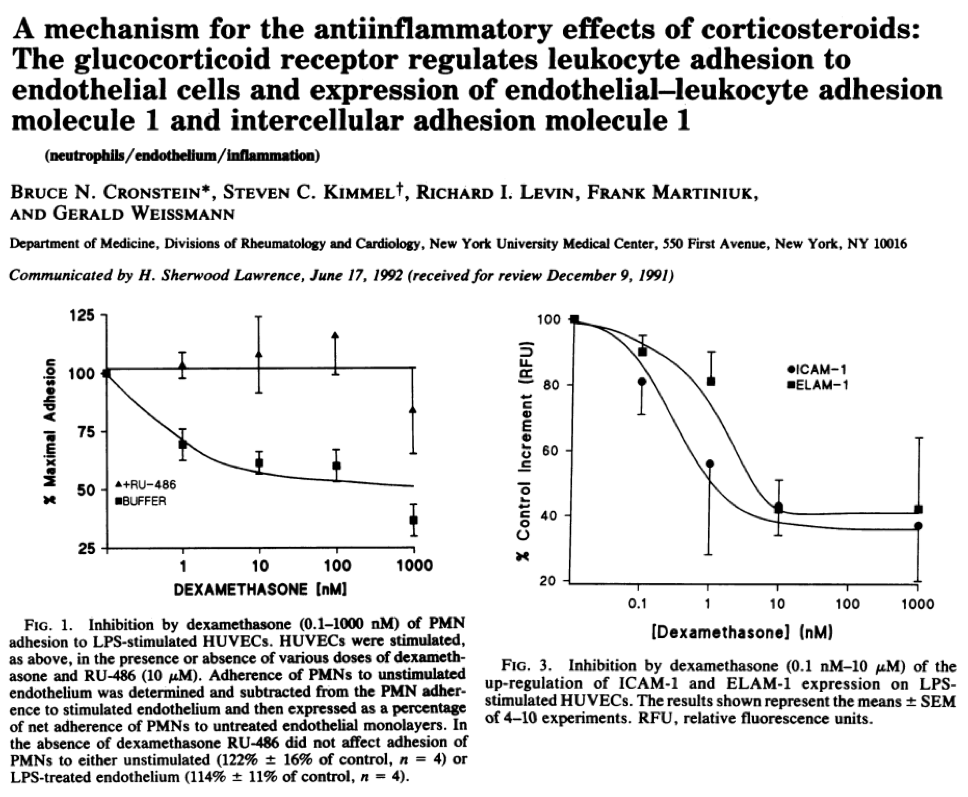
Based on the above, which of the following might also cause leukocytosis via demargination (i.e., movement from the marginated pool to the circulating pool)?
Neutrophils need slower velocities to adhere. Things that increase blood flow are likely to cause fewer neutrophils to adhere/marginate.
Exercise and epinephrine have repeatedly been shown to cause demargination and leukocytosis.
ncbi.nlm.nih.gov/pubmed/13684959
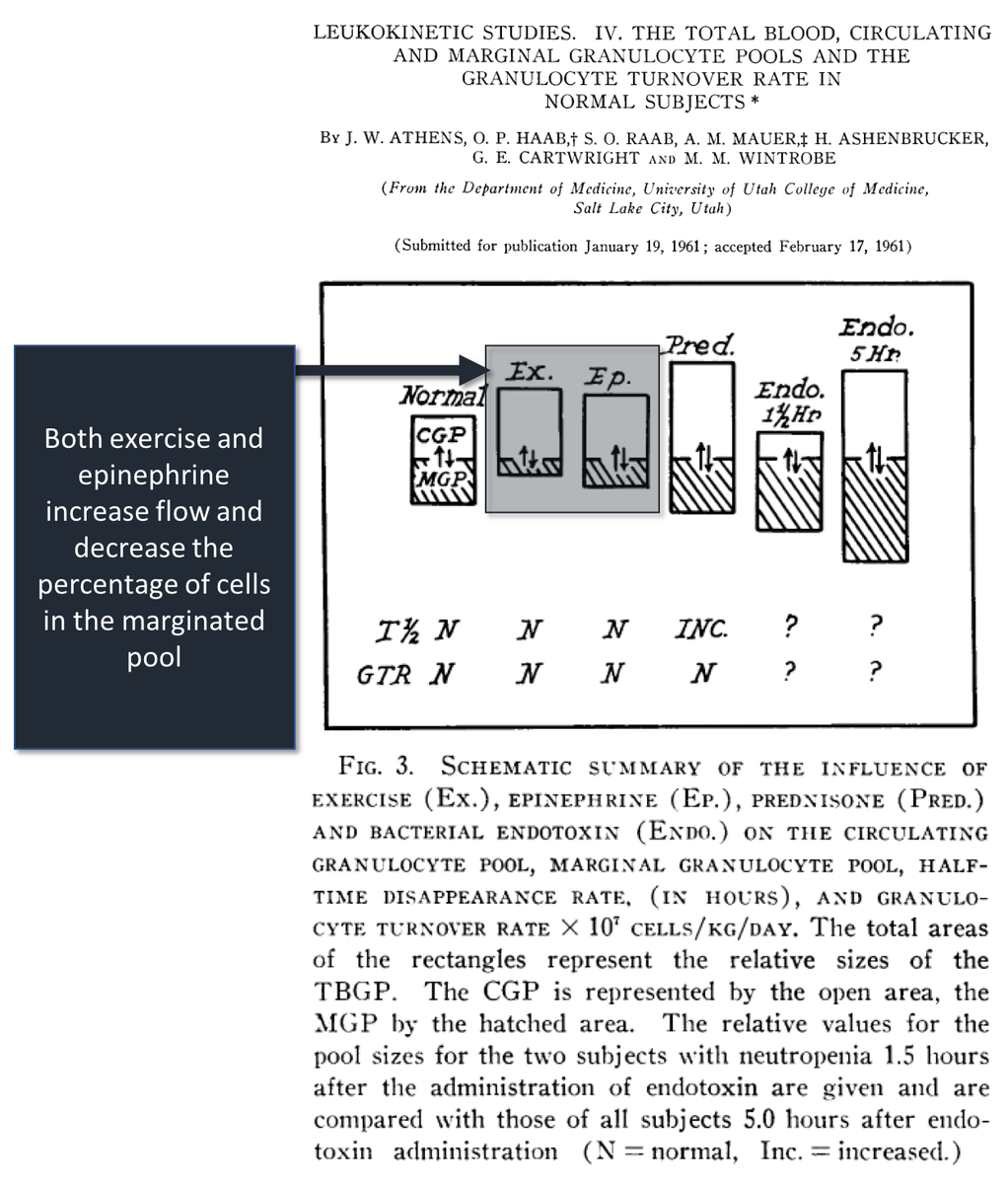
Before summarizing, I'll re-ask the original question: Which of the following is the largest contributor to post-steroid leukocytosis/neutrophilia?
[BM = bone marrow]
In summary:
⭐️approximately 50% of neutrophils in the circulation are marginated
⭐️demargination is likely the largest contributor to post-steroid leukocytosis
⭐️demargination also contributes to steroids' anti-inflammatory effects (i.e., neutrophils don't move into tissue)
